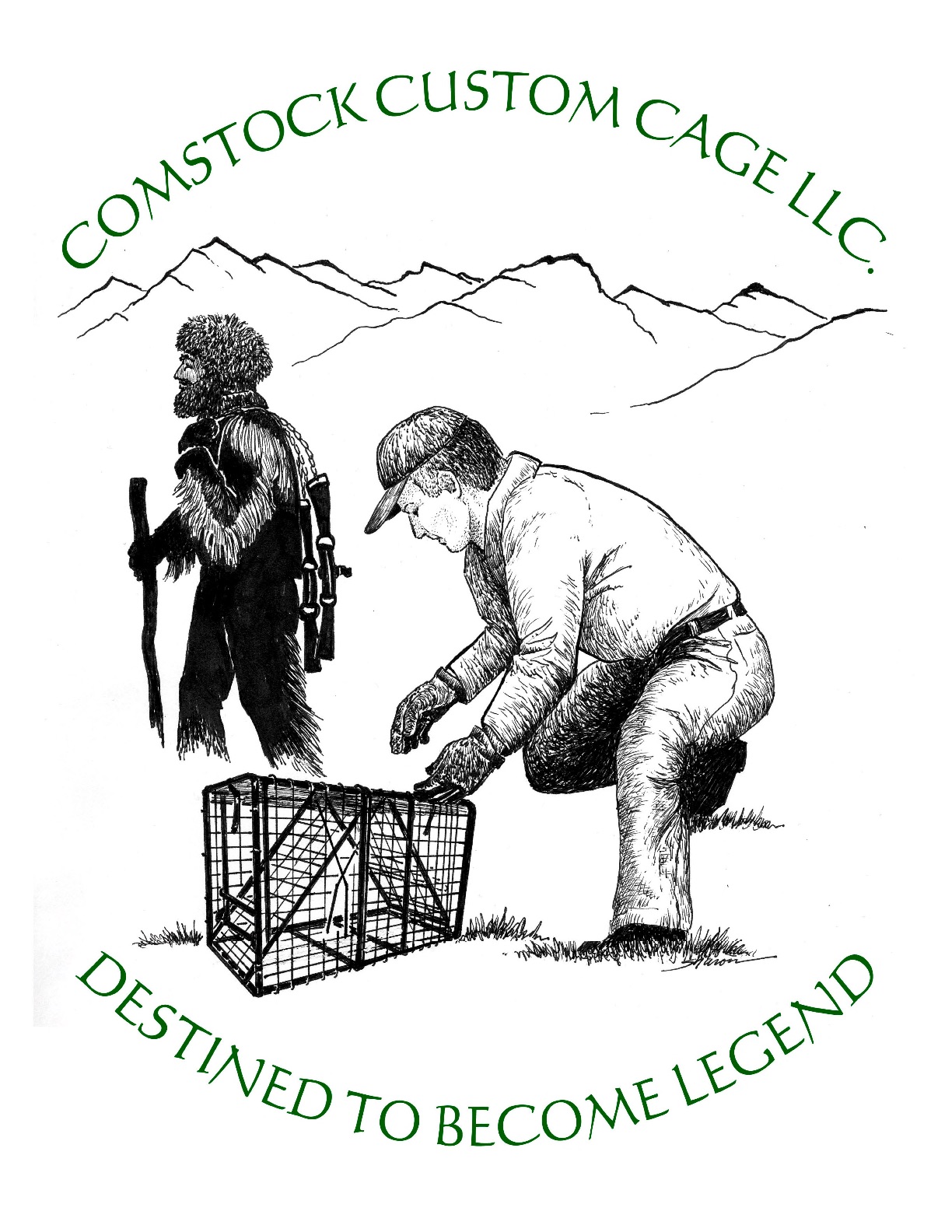Like beaver that respond to castor scent nearly 100% of the time in an effort to assert themselves with territoriality, while maintaining boundaries with intruding beaver, likewise woodchucks are also territorial. Woodchucks can be be caught in positive den sets with traps set right in or over the den holes of course, with bait in single door traps and even with “dirty” free standing double door cage traps.
When woodchucks are caught at a den sight, which is the set of choice, and remain in the traps for a few hours, they often leave a lot of excrement in the bottom of the trap, a dirty trap. Woodchuck feces really stink, quite loud as they say. The first instinct is to clean the cage, remove all odor. But, if you leave the smelly cage as is, the cage with natural odors is a ready made set in and of itself. I usually look for dens or trails, but in the absence of either a smelly trap may do the trick. Just take the smelly double door cage, level up a spot and plant the trap, done!
The indigenous chucks will often come to investigate the odor to find out who is moving in to their area and simply walk into the cage without bait. Like a baited trap, nothing special is required for location, just a place where the woodchucks have been frequenting.
George Gardener, a nuisance wildlife trapper here in New York, had turned us on to this method having left smelly, set 18 inch double door traps out over night at his home while he cleaned out his car. Twice he unintentionally caught woodchucks this way, so why not do it on purpose?
